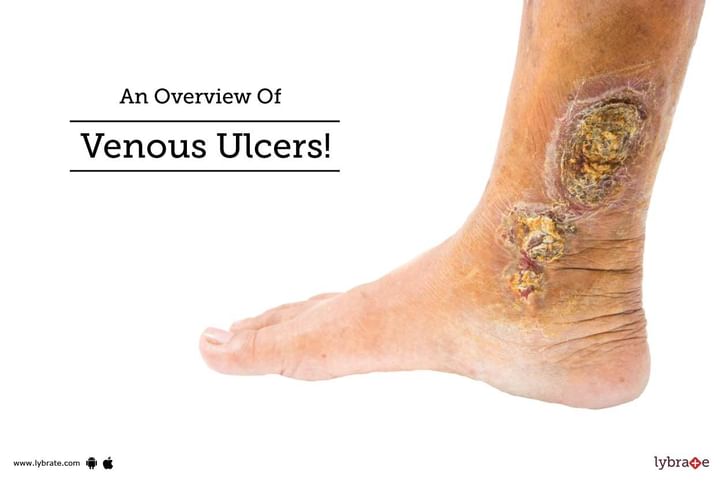An Overview Of Venous Ulcers!
Venous Ulcers are also known as venous skin ulcers. They are nothing but slow-healing sores on legs that primarily result from weak blood circulation to the limbs. Such ulcers may last a few weeks or even years. However, one needs to get them treated since it may worsen the problem.
What Causes Venous Ulcers?
It may happen if there is a break in the skin around one of the ankles. The leg veins, which send impure blood to the heart may become weak and not work well enough. In most cases, the reason is the malfunctioning valves in the veins that are meant for preventing impure blood from falling back into the veins. Improperly functioning venous valves cannot prevent backflow of blood and this increases pressure in the lower extremities. Venous Ulcers can also weaken the skin.
Risk Factors for Venous Ulcers-
People who predisposed to venous leg ulcers are:
● Old (Aged people)
● Woman are prone to have venous leg ulcers.
● Have suffered leg injuries previously.
● Suffering from varicose veins.
● Smoke regularly.
● Considerably obese.
● Suffering from blood circulation problems like phlebitis or clots resulting in painful swelling of leg veins.
Symptoms of Venous Ulcers-
Venous Ulcers often feel itchy. One may also have a burning feeling. The leg around the burning or itchy point or area may become swollen. A person may also develop a rash, dry skin, discoloration over an area, etc. There may also be a foul-smell and oozing of fluid from the sore. However, if the ulcer is infectious, it may give rise to swelling or redness of surrounding skin, increased pain, pus formation, and fever.
Diagnosis
Since infected wounds are a thing to worry and may precipitate Venous Ulcers, one needs to visit the doctor if there is a non-healing wound. The doctor makes a quick physical assessment of the sore and the surrounding area to see if there is a venous ulcer. The doctor may ask for a history of chronic or ongoing conditions like diabetes, hardening of arteries, etc. The doctor may also go for tests like X-ray, CT scan, etc., to check the veins and ulcerated areas in detail. Long-standing ulcers can cause other problems like serious infections and even skin cancers, though it is rare.
Treatment
A compression bandage or compression stocking is the most common mode of treatment for Venous Ulcers. The increased pressure on veins aids in improving blood circulation and boosts the body’s ability for sore healing. The doctor may also suggest keeping the legs raised for 30 odd minutes at a time and thrice or four times a day since it may improve circulation and reduce Venous Ulcers. If there is an infection, one may be given antibiotics in order to defeat the infection. If all these steps don’t suffice to put an end to the problem, the doctor may go for surgery. Surgery may improve blood circulation in legs. This can reduce Venous Ulcers and heal them easily. Usually, such ulcers heal within 3 to 4 months of treatment. Some of these can take longer. In rare cases, it may never clear up.
Take Away-
A person should always consult a doctor as soon as he/she discover any of the symptoms like tenderness or chronic abdominal pain. It is also advisable to consult a doctor before opting for any treatment as the condition and cause may be different in patients.



+1.svg)
